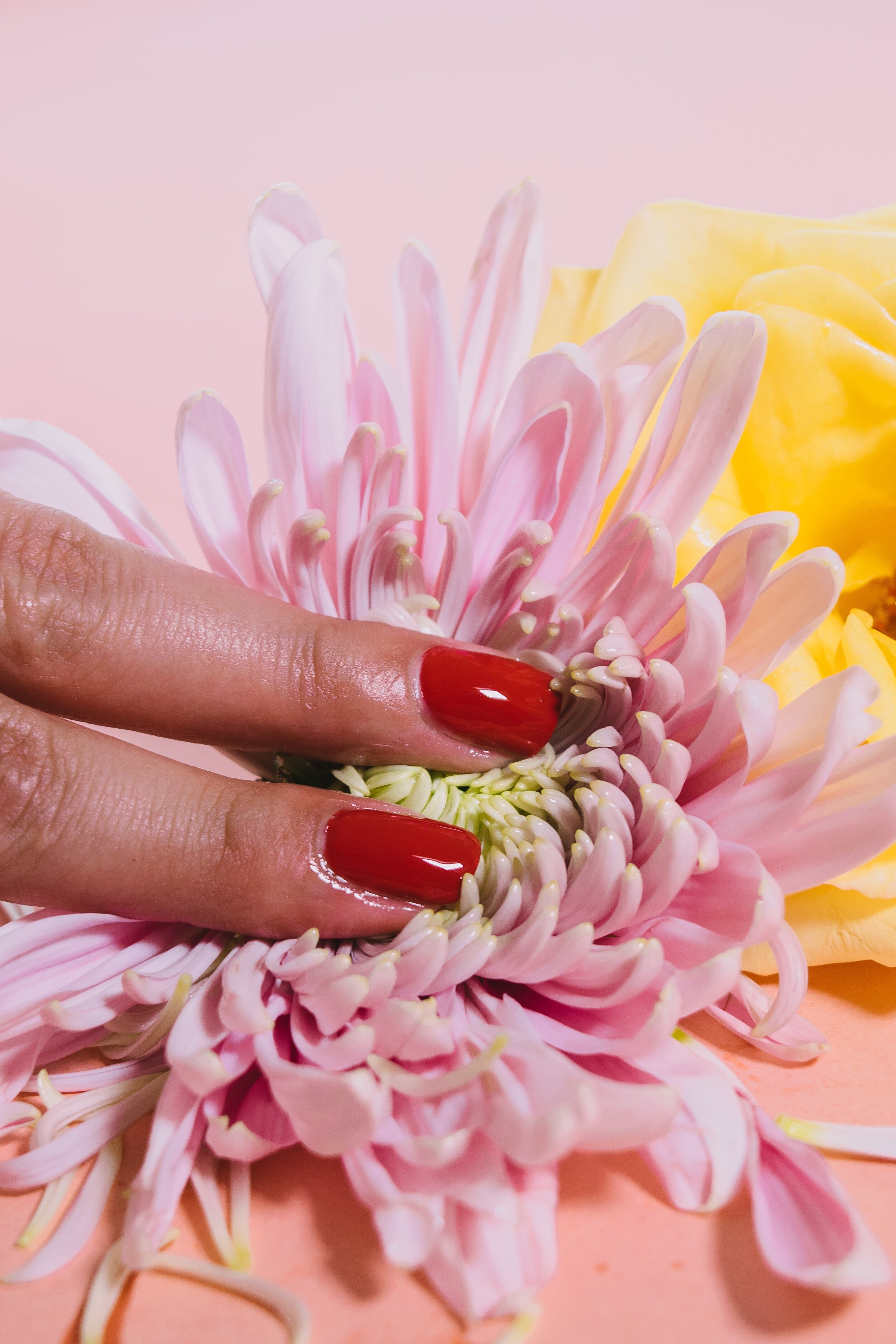The Clitoris - Why a clit flick is good for birth
Siobhan Ridley
C’mon Siobhán, you’ve finally gone too far… talking about the clitoris on a birth page!
I haven’t…I promise, and this is why:
My page is all about celebrating every single part of a woman’s body
Clitorati is one of my favourite words and I wanted an excuse to put it in a post
It’s part of your birthing equipment
Did you read that last one? It’s part of your birthing equipment.
And here’s how:
The clitoris is like an iceberg (not the cold and effected by global warming bits), what you can see actually only accounts for about 10% of the entire organ.
The remaining 90% of the clitoris nestles behind the vulva, its wishbone shape encircling the vagina. It has large tear drop shaped bulbs (bulb of vestibules) that sit either side of the opening to the vagina...or, from a birthing baby’s perspective, they sit either side of the exit. And it has arms that spread out up to 9cm into the pelvis and the clitoris nerves are huge, reaching way further in and around the pelvis than you’d expect!
Citorfacts
Here are some things we know about the clitoris:
It is currently believed to be the only organ in any human’s body which exists for the sole purpose of pleasure.
The majority of women require clitoral stimulation to achieve a large enough release of oxytocin to orgasm.
We don’t know a lot about the clitoris...the full size and shape of this little beauty was only discovered in 1998 and then finally pushed into public consciousness in 2005! (Don’t even get me started on why that’s an issue!)
Let’s take it as writ that the human body is a masterpiece of evolution. Many thousands of years of nature tweaking, selecting, prioritising and honing to create the ever evolving human form we are currently walking about in. Everything has its place and purpose, right.
So why would a woman/birthing person have 90% of an organ which is apparently only for pleasure wrapped around her birth canal?
What’s it doing THERE and not somewhere else?
Well, there’s more than one curiosity about the fact that all of a woman’s major pleasure centres are in her birthing equipment (it can’t just be for reproductive pleasure?): The G-spot is positioned in a place where the baby’s head will push hard against it on the way down the birth canal thus releasing a huge burst of oxytocin. The vaginal walls are full of the same amount of erectile tissue as a penis and, when engorged, that tissue caused the vagina to expand making space for the baby. (Don’t worry, there’ll be more on this stuff in a later blog post.)
And then there’s the hero of our story, the Clitoris. It is a well known fact that stimulating the clitoris in labour results in a huge release of oxytocin, the birthing hormone. Many people instinctively touch their clitoris as their baby is descending but some do it consciously, knowing that it can have an easing effect on this birthing stage of labour.
When the clitoris is stimulated, those bulbs of vestibules swell, becoming like thick, squashy cushions placed perfectly between the pelvis arch and the vulva. The baby’s head descends and instead of knocking against the hard bones of the pelvis at the front, that soft head is cushioned against the clitoris. And we don’t even know what all those nerves do that sprawl out into the pelvis.
So is the clitoris for pleasure alone? Maybe. Does its design have a purpose during birth? Almost definitely. But I’m going to take a punt and say that what we currently know about the clitoris isn’t even tip of the cliterberg (see what I did there).
